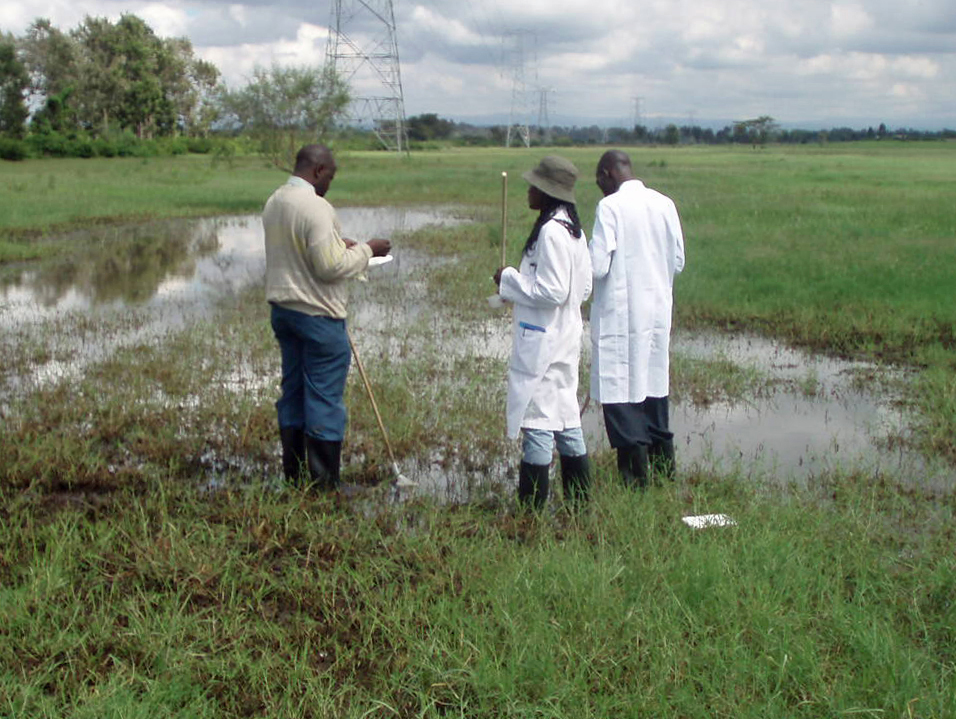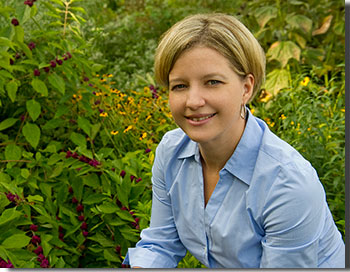Atmospheric scientists study the weather and climate and examine how those conditions affect human activity and the earth in general. Most atmospheric scientists work indoors in weather stations, offices, or laboratories.
Geospatial Information Scientists and Technologists research geospatial data or develop geospatial technologies.
Mechanical engineers design, develop, build, and test mechanical and thermal sensors and devices including tools, engines, and machines.
Data scientists work with data captured by scientific instruments or generated by a simulator, as well as data that is processed by software and stored in computer systems. They work with scientists to analyze databases and files using data management techniques and statistics.
Botanists research plant characteristics like their physiological processes, their evolutionary history, resistance to disease, relationships to other parts of the Biosphere and within the Earth System.
Learn how Dr. Anyamba, Research Scientist at NASA Goddard Space Flight Center, Biospheric Sciences Laboratory explore how Earth's Biosphere and Geosphere respond to climate variability.
Remote sensing scientists use sensors to analyze data and solve regional, national and global concerns. For instance, natural resource management, urban planning, and climate and weather prediction are applications of remote sensing.
Check out how Dr. James Smith, Research Scientist at Biospheric Sciences Branch at NASA Goddard Space Flight Center researches changes in the Biosphere using remote sensing techniques.
Environmental engineers use the basis of engineering, soil science, biology, and chemistry to develop solutions to problems in the environment. Some of their efforts involve recycling, waste disposal, public health, water and air pollution control.
Learn about how Janine Pollack, an Environmental Engineer, got her start at NASA and the kinds of work she does as an engineer.







.png)
.png)
.png)
.png)
.png)










